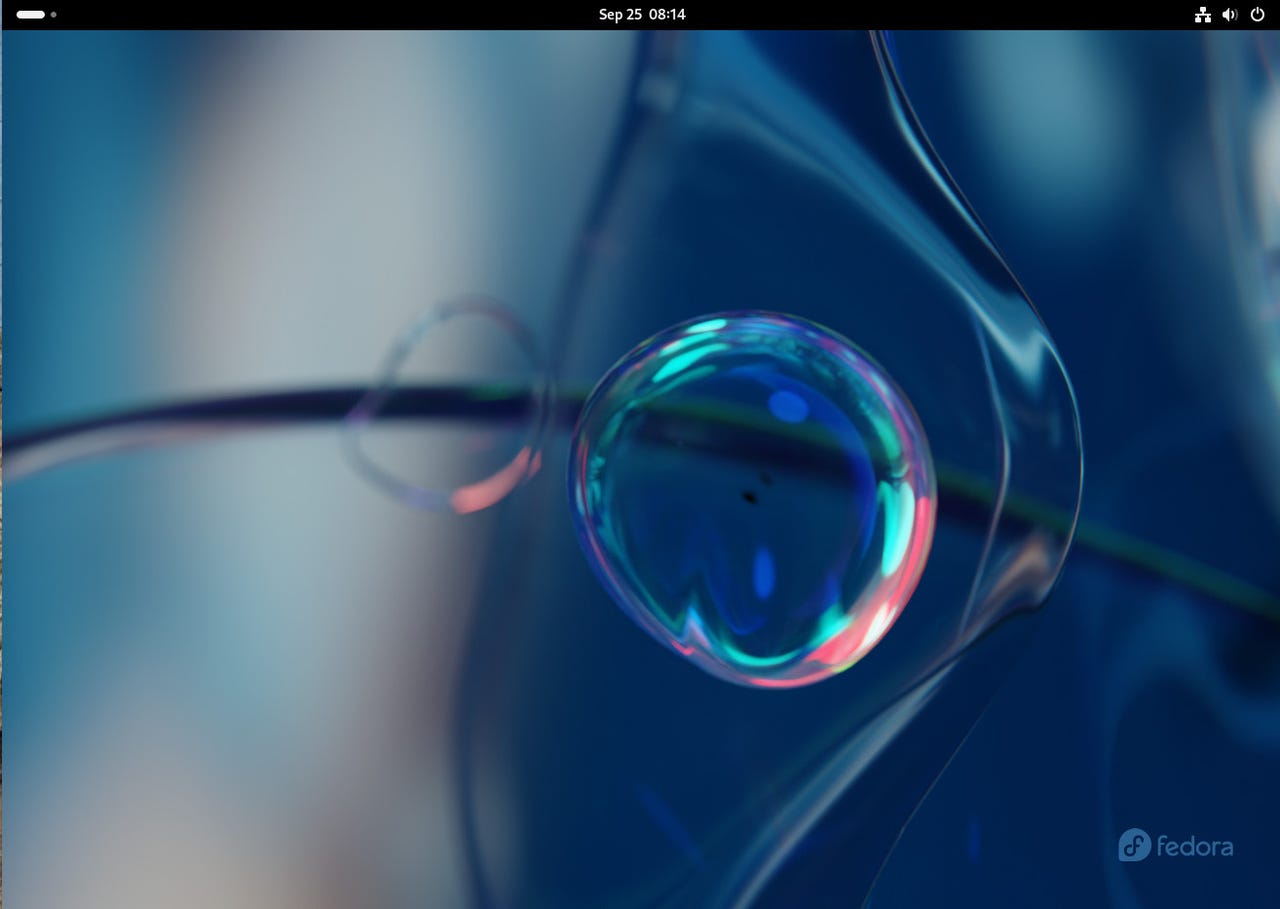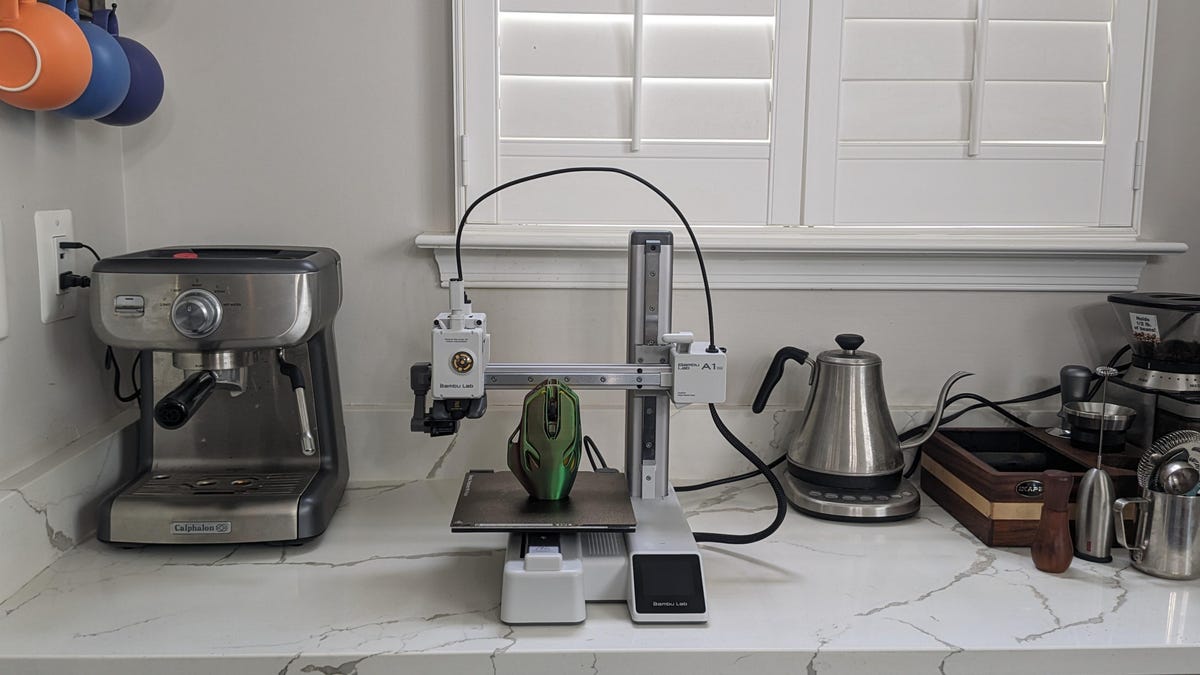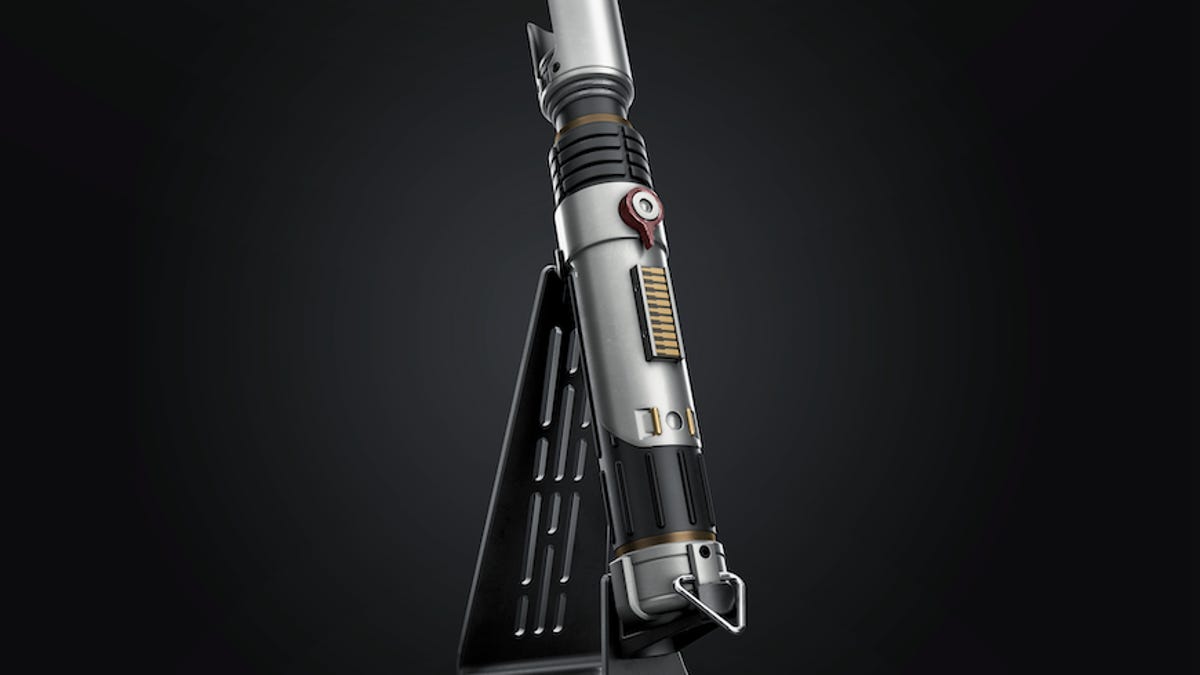Fedora 39 beta is the best-performing Linux distribution in a while.
Fedora 39 beta is the best-performing Linux distribution in a while.
Fedora 39: A Surprisingly User-Friendly Linux Distribution

Had you asked me five years ago, I would have said Fedora was a Linux distribution best suited for those who knew what they were doing. I never would have assumed I’d eventually think Fedora was on par with Ubuntu for user-friendliness. But here we are, and the distribution that was once considered too “bleeding edge” for new users is ready to serve any user of any skill level.
Since that change of heart, Fedora hasn’t taken over as my daily operating system but there have been moments when I considered it. And, with the polish the developers are highlighting with the beta of Fedora 39, this open-source operating system has become even more appealing.
Now, to be fair, much of that polish comes by way of GNOME 45, which includes improvements such as an activities indicator, faster search, camera usage indicator, new default image viewer, new core apps, new workspace indicator, new privacy hub and “About” panel in system settings, a new icon for the Calendar app, and plenty of UI tweaks to the file manager.
As far as Fedora itself, there are not too many noticeable changes, but you will find improvements and additions such as a colored bash prompt, the usual application updates, and plenty of performance refinements. Plus, there’s a new System Details information popup found in the “About” section in Settings, which gives you plenty of information about the hardware and OS.
When I installed Fedora 39 beta, I was surprised at how little it had changed on the surface. It seemed like little more than a refinement of Fedora 38. But then I started noticing something…performance.
For example, the developers claimed they had improved the search tools found in the Overview. After using it for a while, I found their claims to be a bit modest. The search in Fedora 39 beta is one of the fastest I’ve seen on any operating system. It’s almost as if the OS anticipates what I’m looking for and presents it as I type. It really is that impressive. I’ve grown used to desktop search being fairly slow, so whatever the developers did to improve the search capabilities, kudos.
As a whole, Fedora 39 (even in beta) feels faster than it should. Given that it uses a full-blown desktop environment (as opposed to a lightweight window manager or DE designed for slower hardware), Fedora 39 pulls off speed it shouldn’t be capable of. And I’m working with a virtual machine that only has 3GB of RAM and 2 CPU cores. It shouldn’t be this fast. But it is. Apps open almost instantly and there’s no noticeable lag in anything. It’s buttery smooth and lightning quick.
As with any upgrade, Fedora 39 beta includes a number of application updates, including GNOME 45, LibreOffice 7.6, Python 3.12, RPM 4.19, Vagrant 2.3, Perl 5.38, LLVM 17, Golang 1.21, FontAwesome6, Gcc 13.2, Binutils 2.40, and Glibc 2.38.
I’m not a fan of dark themes, so I was happy to see that Fedora 39 beta shipped with a light theme as the default. Beyond the theme, Fedora 39 just looks highly polished, almost as though it was aiming to look like it was ready to be used by aesthetically discerning people and even businesses who require a professional-looking desktop operating system.
First off, this is a beta, and I wouldn’t suggest anyone employ it for production or daily usage. But when Fedora 39 is officially released, I would be more than happy to recommend this iteration to anyone, regardless of their computer skills. The good news is that the release of Fedora 39 isn’t far off. The scheduled date is October 17, 2023. Until then, you can always test the beta as a VM or on a second PC.






